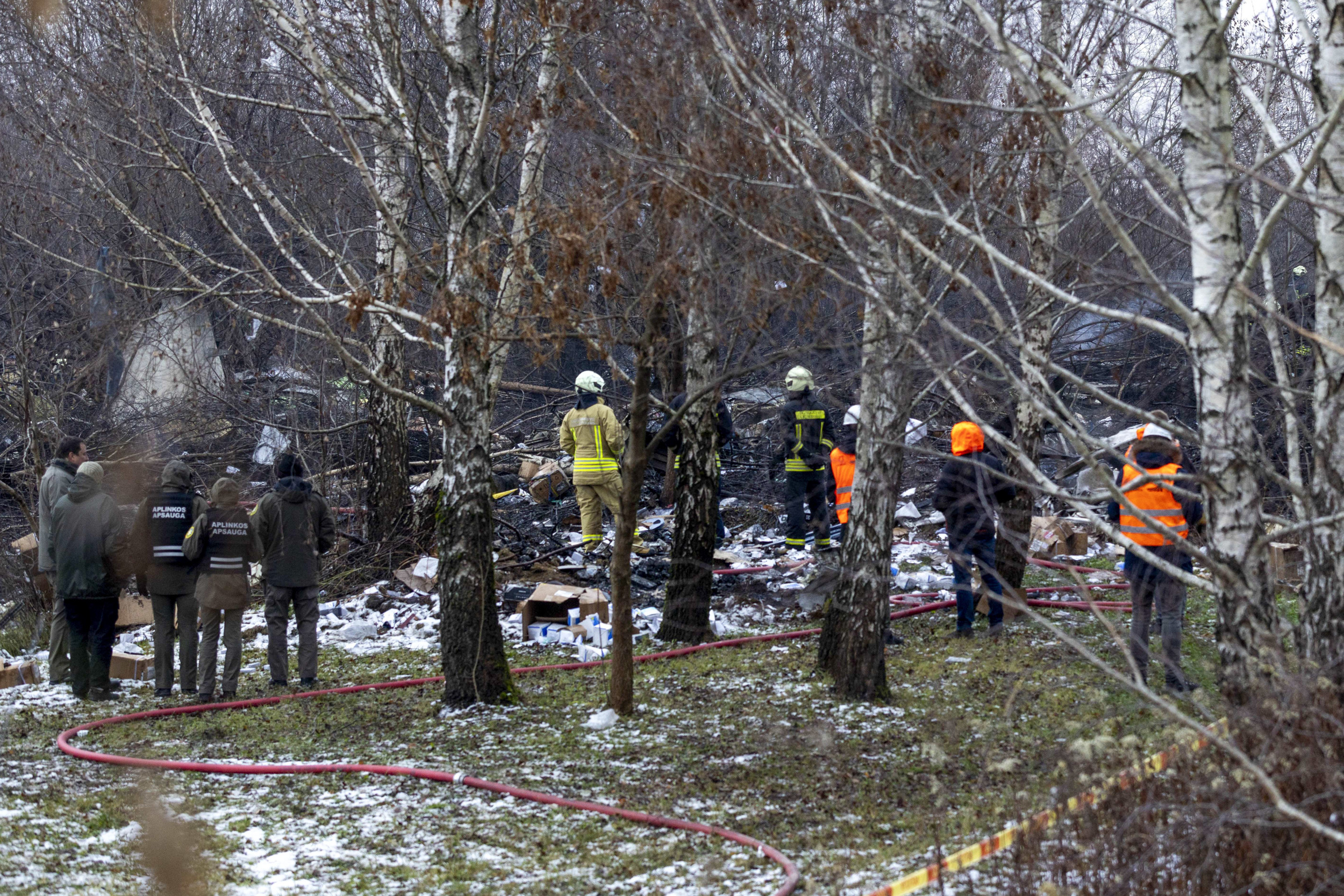Max’s new reality competition Human vs. Hamster declares itself as delightfully dumb in the opening moments of the first episode, when one team talks smack against their hamster opponents.
“If those hamsters are listening, I want them to know we are here to educate and dominate,” a teacher says, and the picture zooms out to show them on a TV the hamsters are watching from their own green room. Then the human’s teammate gently mocks him for his “educate and dominate” smack talk: “That’s a winner right there.”
Yes, we’re in Holey Moley territory here, and while Human vs. Hamster does not quite reach those heights, it’s the closest any show has come for me since Holey Moley was buried in Disney’s graveyard.
But it’s also speaking directly to my elder millennial childhood, reminiscent of Nickelodeon’s 1980s and 1990s show Double Dare, right down to the final obstacle course and hamster wheel. It’s also reminiscent of shows like Legends of the Hidden Temple, Finders Keepers, and Guts, though none of them gave us cute hamsters.
 A hamster stuffs a corn cob in its cheeks while competing against humans who are eating large-size corn on the cob (Photo by Max)
A hamster stuffs a corn cob in its cheeks while competing against humans who are eating large-size corn on the cob (Photo by Max)On Human vs. Hamster—which is a Magnolia Network show produced by Chip and Joanna Gains, but is only streaming on Max because nothing makes any sense—teams of two friends compete against each other, and against the hamsters.
The humans win $1,000 when they best the hamsters in each of four challenges; the human team with the most wins goes on to a final obstacle course to compete for $5,000 and a ridiculous trophy.
The hamsters have their own tiny, scaled-down versions of the human sets, which are as cute as Tiny Hamsters Eating Tiny Burritos. Hamsters spend their downtime on lovingly crafted sets, and also appear via green screen in all kinds of other places. The human sets are also clever; for an eating competition, they have water in human-size hamster bottles.
When it’s time to compete, Human vs. Hamster splits the screen, so we can see the human and hamster attempting the same challenges, whether that’s sliding down a slide on a pirate ship or leaping into a foam pit.
I have not laughed as much as I have in a long time while watching a hamster peer over the edge of a platform before flopping its body into the foam just as a human does the same.
One challenge has the human and hamster push a car up a spiral track, push it back down, and then ride down in an elevator. I have no idea how they got a hamster to do this twice, though I have no doubt editing plays a heavy role in all of this.
Did the hamster really reach the ground level and immediately start pushing the tiny car back up? Or wander off the set in search of something more interesting and do it again 30 minutes later?
And of course, there’s no way the hamster knows that it’s time to start. My educated guess is that the hamsters’ attempts are pre-taped and, for timed challenges, their times are based on the time they actually spent on the obstacles, with any break time edited out.
This vaguery would usually annoy me in a competition show, but Human vs. Hamster is all so dumb, and the stakes are so low that I don’t care. After all, this is a show that has “Ham-Stars” who get their own bio packages, complete with slow-motion b-roll.
That said, the human challenges are very real—and look so fun to attempt, like climbing a 28-foot facade using a rope ladder and fire escape, plus climbing across ledges over obstacles like an a/c unit. For that, the humans don’t wear safety harnesses, there are just mats to fall onto.
Host Sarah Sherman attempts to push the car up the ramp, and it’s so difficult that she says, “See you guys later! I’m going to drive to my own funeral.”
She’s great here, at least when not reading off a teleprompter, whether she’s punning or reacting. Importantly, Sherman knows when to let the contestants shine. And they’ve been well-cast and often have their own funny rejoinders.
“Were the tubes hard?” she asks one contestant, Oliver, who replies, “they seemed like they were made of acrylic, so pretty hard.” Later, Oliver goes on a long didactic about corn in America and Sherman and the other two hosts have the good sense to just let him babble on.
Sherman’s co-host is Kyle Brandt, an NFL Network host who had the same color commentary role on Peacock’s Frogger, which sucked because it wasn’t Frogger at all. (Kyle also was on The Real World: Chicago.)
While they have plenty of puns, they also treat the competitions seriously, which is crucial to making this kind of show work. The color commentary is augmented by facts, like about hamsters’ low center of gravity.
Together, Sherman and Brandt don’t come close to the magical chemistry Joe Tessitore and Rob Riggle did on Holey Moley, but that’s a high bar, and they do have some great moments.
They’re joined by Brian Balthazar, who shows up with hamster trivia, and also has his own jokes. When a contestant asks him if he knows about a particular thing, he says, “unless it’s in the teleprompter, no I do not.”
He hosts an intermission with a trivia question, and while that also provides some comedy, it leads to the show feeling a bit overstuffed, like a half-hour trying to become an hour-long show.
Whether it’s humans reacting to humans like that, or a cutaway to a shot of a hamster as if it was reacting, or a hamster falling into a ball pit of stuffed animals and disappearing because it is also fuzzy and cute, Human vs. Hamster consistently delivers a solid mix of comedy and challenges.
Human vs. Hamster
Funny, ridiculous, and serious in all the right places. B+
What works for me:
- The challenges
- The silliness
- The sets
What could be better:
- The hosts’ chemistry
- Tighter episodes?
- Maybe an explanation about how the hamster part actually works
-

Andy Dehnart is a writer and TV critic who created reality blurred in 2000. His writing and reporting here has won an Excellence in Journalism award from NLGJA: The Association of LGBTQ+ Journalists and an L.A. Press Club National A&E Journalism Award.
recent articles
view all stories



















 English (US) ·
English (US) ·